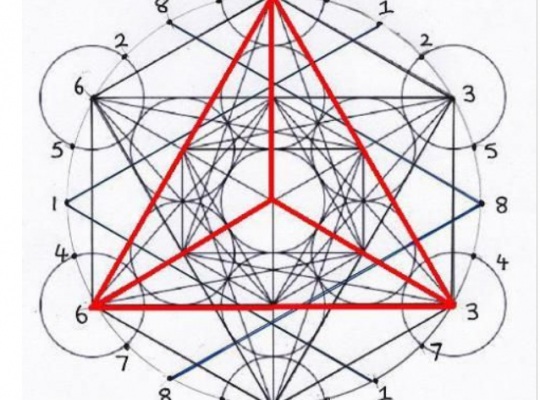But the focus of this article is how can we be sure we prescribe on a vital level (5) and not on a psychological level (4). The latter is the home to our biographic identity, our character, and psychic functioning on conscious and subconscious layers. In homeopathic jargon, we name level 5 the sensation level, the vital level, the level of experience of oneself.
We explored the fact that ‘vital’ information will come through level 4: the symbolizing mind and may be complicated by ‘noise’. How then to demarcate the boundaries between 4 and 5? As level 4 information is a product of the psyche, it tends to give more or less logical or comprehensive explanations, that are in line with the overall character of the patient. Even the ‘experience’ of a given situation we aim to understand better, might lead to more and clarifying psychological traits, where as level 5 explanations are usually lacking. There is a link and/or relationship between the character and the so-called experience, when it is a product of the mind. We know since Freud that the psyche has its own orderly, predictable functions, similar to the physical body; hence it has a healthy and a pathological way of functioning.
However, when the answer from the patient doesn’t explain or clarifies anything, we can be sure of hearing vital information. The homeopath knows or should be aware how often this is the case. When we ask ‘how is this for you?’, we tend to take the answer for granted (that is how our mind works) and miss the obvious fact that it every so often doesn’t explain anything at all. Frequently, as homeopaths we modify or add our proper interpretation to the information to make it sounds more logical. This might be as well our biggest pitfall.
The patient, and for that matter, every person has an explanation for his feelings and behaviours, otherwise he’d feel crazy and doesn’t know he’s doing. If we have a fear that poverty threatens our very existence, even when there absolutely no outward reason for it, patients will go back 4 generations if necessary to blame a great grand parent or the hardships they went through. When a patient is horrified by cadavers and talks about the violence shown on television, or the fact that we live in a world of pain and suffering, we should be attentive to the discrepancy. Pain and suffering might have been absent when an animal was killed, or a cadaver can belong to a person who had a peaceful death. The violence shown on television usually doesn’t display cadavers, but a lot of pain and suffering for sure. This makes the sensitivity to dead bodies, human or animal, an unexplained and inexplicable characteristic, thus a vital sensation. The explanation doesn’t add up, can be disregarded, though the fact that in all the atrocities shown ‘pain and suffering’ is what upsets the patient, is also a pointer. People react differently to the same circumstances or images, according to their ‘state’. What is normal and predictable belongs to level 4, what is not, belongs to level 5.
Another topic we explore in case taking are the fears. Also, here we are confronted with the same question: is it level 4 or level 5 information?
Up to now the best differentiation I could find is the fact that some irrational, uncommon fears don’t fit in the pattern, even though it is the chief complaint of the patient. It seems reasonable then to make a level 4 prescription, as the problems seems to originate from the mind, the reality however is that it rarely helps. I’ve seen patients with irrational fears for dogs, butterflies, spiders, bugs, birds, who weren’t helped with the remedies in our repertories. They should. But they don’t.
If they are mythical fears, I’d expect them to disappear with psychotherapy or a mythical remedy. If they are coming from level 5, I’d expect them to disappear with a similimum. Sometimes they don’t seem to yield to the remedy but inexplicably, sometimes a year later, they disappeared ‘by themselves’….
When fears and phobias do match the overall pattern, then we can consider them level 5 information. For instance: if we come to understand during the interview the patient needs an Animal remedy, the fear of water might point to sea creatures, fear of falling to Birds and fear of Fire to Mammals. How do we know? From provings and cases. They miss any logical explanation and are even counter intuitive. If there is a link with early experiences, or a logical explanation (when a person has a bug phobia and says: my mother had a fear of contamination) , it can’t be considered level 5. It might just as well be a predicable psychological reaction to early imprinting.






